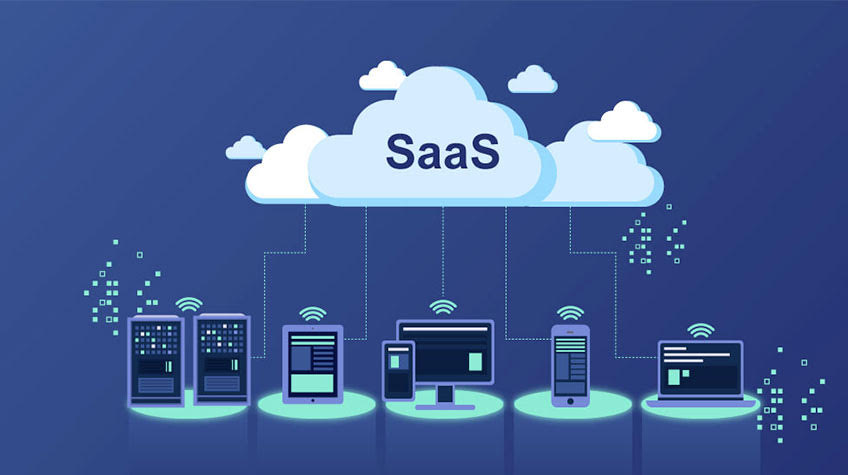Schools can stand to gain a lot from increased technology funding. This is the logic behind recent changes to the federal government's E-rate program, which has been in place since the early '90s. While this initiative has done a great deal of good for young students around the country, the language included in the original provisions has not aged well. As such, there have been some considerable updates made in an effort to provide more opportunities in wireless Internet and fiber-optic connections, including a $1.5 billion increase in annual E-rate funding.
"While the media coverage of the latest reforms has focused primarily on the $1.5 billion expansion of E-rate funding, it's important to recognize that the additional money comes alongside key changes to the program rules to streamline and incentivize cost-effective purchasing and investment in long-term, scalable infrastructure solutions," wrote EdCentral contributor Danielle Kehl. "Taken together, these changes will substantially help schools and libraries to meet the connectivity challenges of today and tomorrow."
But this doesn't just mean implementing faster connections and improving their overall quality – it also means phasing out certain legacy systems. As part of the new E-rate, landline services will no longer be subsidized after 2020, according to Lexology contributors Devin Smith, Danielle Frappier and Paul Hudson. This will be the result of an annual 20 percent decrease in funding for copper-based channels like legacy telephones. As such, schools will need to start migrating toward solutions that are more appropriate for the modern world – like the HIPAA compliant, online fax service available from FaxCore.
In the previous portions of this series, we discussed changes to the E-rate program at length. In the final segment, we'll talk about ways in which schools can make the changes that they need in order to qualify for federal funding.
The age of IP is upon us
Because E-rate has been adjusted to begin phasing out funding for landline connections, educational facilities must examine alternative means of connection. Legacy systems have helped to keep America moving for a number of years. But as the power of IP lines has evolved in recent history, so have the perceptions of what it is capable of doing.
Voice over IP – or VoIP – is a concept that has been around since the early days of the Internet. As consumer technology has reached new levels of functionality, more people have started to wonder why we bother with landlines at all. Thanks to cloud connectivity and advanced mobility, VoIP has become a modern essential for organizations to possess. While there have been scores of VoIP subscribers who have reported decreased cost as a reason for switching away from the PSTN, those in the world of education are starting to find that savings also come in the form of federal support.
But voice is not the only channel that has historically resided on landlines. Copper phone connections have also supported faxing – a channel that is still required by law for educational facilities to possess. This is due to the platform's superior encryption when compared to tools like email. While faxing is essential, however, it does not have to take place on the monstrous and outdated fax machines of old. Instead, faxing is taking a page from the voice playbook and beginning to occur on IP lines via the Internet. Like VoIP, FoIP is proving to be an effective way for organizations to embrace the future in rational ways.
For schools, this means that compliance and federal funding don't have to be exclusive concepts. As government support for landline channels begins to diminish, it will be essential to invest in online fax capabilities in order to preserve finances while keeping daily operations protected and efficient. We can see this in the increased importance of HIPAA compliance for telehealth. Technology is evolving, and the government wants to do everything it can to support the leaders of tomorrow while they are students today. But this means making new kinds of investments that make the best use of the funding in question. The E-rate program has been a valuable initiative for U.S. schools to participate in. In the modern day, part of doing so means abandoning aging assets and putting more powerful tools in place.
Enhance enterprise communication, collaboration and compliance efforts with a proven FoIP solution from FaxCore. Contact FaxCore today to learn more about their 'Partly-Cloudy' fax solutions.




